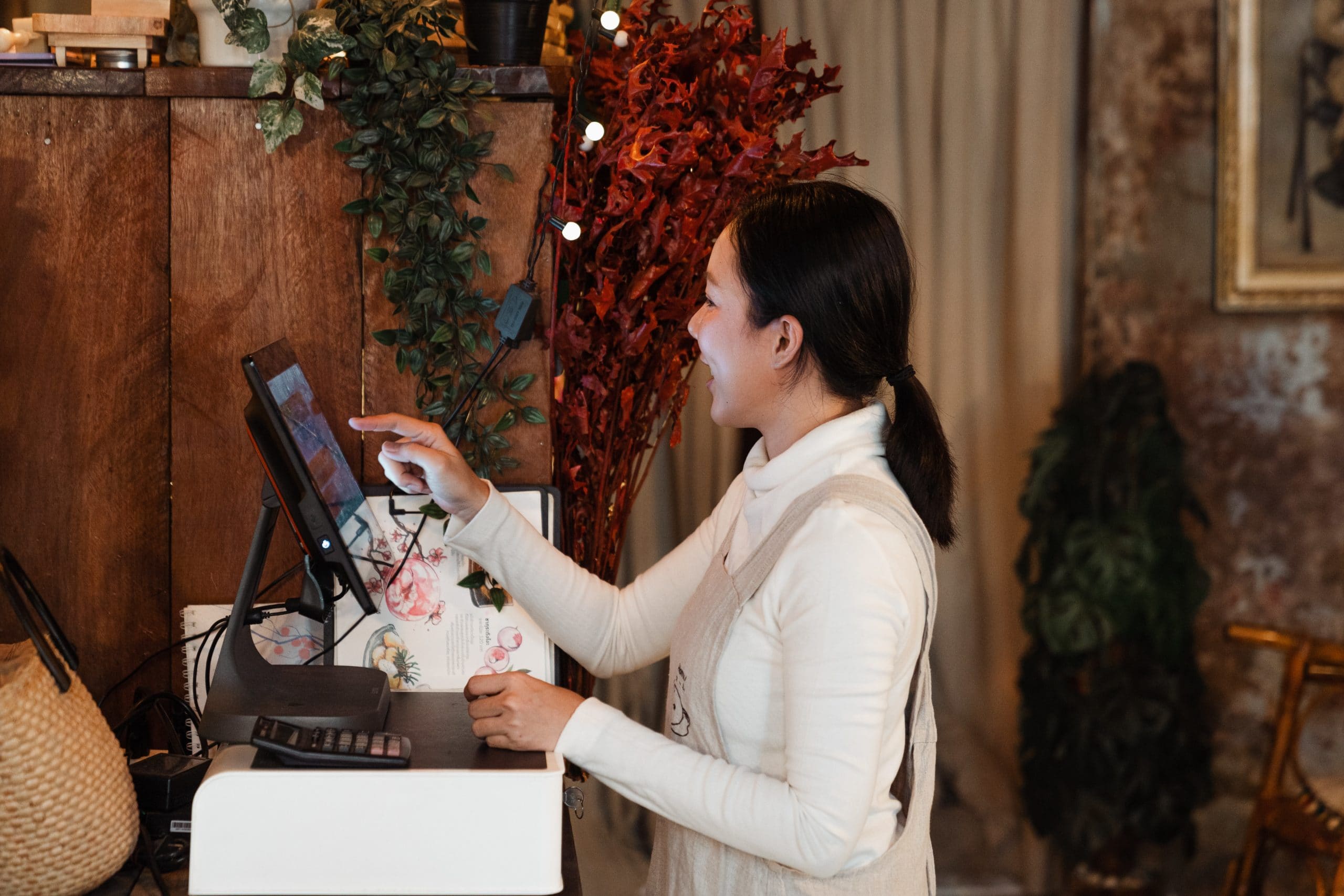
Many restaurants have adapted to a rapidly modernizing world by utilizing technology that not only streamlines their day-to-day operations, but also increases business profitability. These tech investments have been hyper important to addressing the present economic challenges. According to a 2022 survey conducted by the National Restaurant Association, food costs have gone up 21.8%, labor costs 18.3% more, and supplies and admin costs are up 16.7%. These stats highlight the importance of reducing other costs, and technology can help with this.
Many restaurants have turned to low-cost and even free technology tools to deliver high returns. Particularly smaller establishments must seek creative solutions to deliver the best ROI with a limited budget. Understanding and identifying technology solutions that can complement your operations can be half the battle — but luckily they are available, and can help small restaurants achieve smoother operations and save money.
Implementing and maximizing point-of-sale (POS) system usage boosts productivity
POS systems are a great, low-cost solution that can help lower operating costs, yet they are not as widely adopted as one might think. There are different features that can be used to cut down on front and back-of-house operating costs.
For instance, in the kitchen, POS systems can track ingredient use and keep inventory up-to-date. This allows for right-time ordering and prevents over-ordering of supplies. Appropriately assessing kitchen needs allows operators to properly make purchasing decisions that reduce overall waste. Instant data provides staff with the information on the amount of items available. Once it’s unavailable, staff could update that throughout their systems, which can be done at the POS.
From supply usage to customer product consumption, tracking this information can provide insights that over time can indicate trends that can guide business decisions. This will help better inform operators on how to fill supplies, or identify items that are not selling and could be removed from the menu altogether.
Restaurants can also incorporate handheld mobile POS devices, which can accelerate services and reduce error. Servers often have a number of tables they are assigned to — and having to manually input orders for the kitchen, while going through all their guests, can result in increased wait times and missed or incorrect orders. Servers equipped with handheld POS systems are able to quickly input orders and better service guests, making their overall experience better. Restaurants who have incorporated this technology have seen a 15% increase in sales during peak hours, according to Toast.
Streamlining the dining process by utilizing self-order and QR codes
Implementing QR codes is another great, practically zero-cost way for restaurants to see a higher ROI while using one of the latest customer-facing technologies. Restaurants can incorporate QR codes at their tables so customers can scan and pull up menu items in real-time and view what items are available to add on to their meals. The advantage that QR codes have over traditional menus is the ease with which they can quickly be updated. A simple update can reflect a dish’s availability, new seasonal items, daily deals, price changes and more. These are a great option for any restaurant, especially newer ones, who like to frequently update their menus or want the flexibility to make easy changes. These codes can also save time and costs, in terms of printing new paper menus and any time spent cleaning them (the main reason QR codes jumped in popularity after 2020).
Another useful tool restaurants can implement are tabletop tablets for self-ordering. These devices can be used to place orders, call servers’ attention to the table when requested, and help customers check out at the end of their meal. According to a recent report by Square, nearly four out of five customers say that they prefer to order through kiosks than staff. Taking orders by hand is traditional but time consuming, and allows many opportunities for error. By placing orders on a tablet, there can be an easy, more streamlined flow from the table to the kitchen, and then back out to a satisfied customer. This will also help with peak operating hours to reduce stress and allow staff to focus on other tasks to better the customer experience.
Managing restaurant’s own mobile app and dining flow is essential
Since the pandemic, online ordering has transformed the restaurant industry’s day-to-day operations. According to a recent study, 60% of Americans order online at least once a week. With such a high amount of consumers turning to delivery and online ordering as part of their normal dining experience, restaurants need to adjust how they operate to fit the current trends.
Although third-party apps can help manage online orders, 70% of consumers say they’d rather order directly from a restaurant than a third party. Most crucially, restaurants that create their own mobile app have more control over online orders, instead of losing service fees to third-party vendors, and giving customers their preferred method of ordering for higher satisfaction.
Mobile apps can also be used to restaurants’ advantage by incorporating reservation systems that allow guests to reserve tables ahead of time. The customer’s dining experience, and first impression, starts from the minute they walk in the door. During peak hours customers can be waiting for long periods of time until their table is ready. According to a 2022 statistic, only 38% of customers are willing to wait 15-20 minutes for a table. Implementing reservation systems within a mobile app can help organize the flow of customer intake, as well as set up expectations for the kitchen to prepare properly.
Managing day-to-day operations can become less challenging with small but mighty technological advancements. These technologies are all easy to implement, with little to no cost upfront, and make the daily and long-term running of a restaurant easier by reducing costs, reducing labor needs and creating more opportunities to turn a higher profit. Restaurants that are looking to improve profits throughout their business can easily put their trust in these simple but transformative tech tools.

Further details:
Zayn King-Dollie serves as the Product Officer for Ordrslip. Ordrslip creates custom mobile ordering apps for restaurants and cafes
